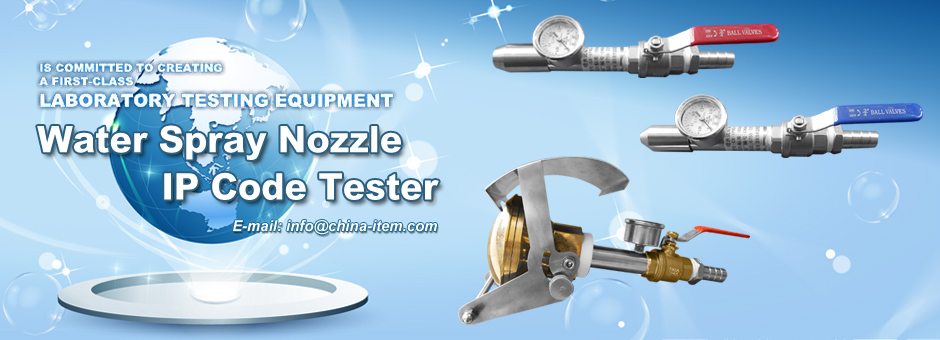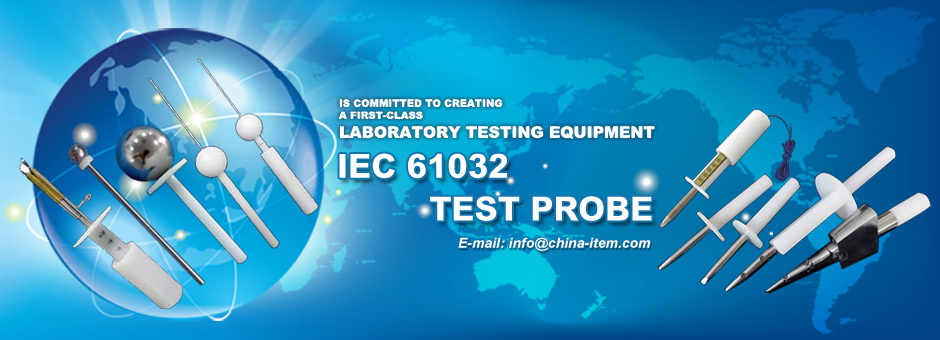contact us
products
- Main Products
- IEC Test Probe
- UL Test Probe
- Material Flammability Tester
- IP Code Tester
- Impact Test Apparatus
- Security Testing Machine
- Lamp Cap Gauge Tester
- Lampholders Gauge Tester
- Plug & Socket Tester
- Electrical Safety Tester
- LED Test Instruments
- Environmental Test Equipment
- Instrument Accessories
- Weighing Sensor
- Others Testing Equipment
technical articles
Company News
Have you ever rubbed a balloon against your clothes and then made it stick to a wall? Or walked across a room to open a door, but received a shock from the doorknob instead? How about taking off your hat on dry winter’s day and having a “hair-raising” experience?
All of these events are the result of static electricity, which is all around us all the time.
But how does it work? To answer that question, we have to consider the basics of atoms and magnetism.
Everything Is Atoms
All physical objects are composed of atoms. Inside of each atom are protons, neutrons and electrons.
Protons are positively charged particles. Electrons are negatively charged. And neutrons, as the name implies, are neutral, having neither a positive nor negative charge.
So another way of looking at is is that everything is made up of electrical charges. Opposite charges attract (negative is drawn to positive), and like charges repel (negative to negative or positive to positive).
Most of the time, the positive and negative charges are in perfect balance in an object, making it neutral.
Static Electricity and Charges
When there is an imbalance between negative and positive charges in an object, static electricity is the result. These charges can build up on a surface until they find a way to be released or discharged, such as through a circuit.
Rubbing some types of material can transfer negative charges, or electrons. For example, when you rub your slipper or shoe while walking on a carpet, electrons are built up in your body. So when you reach for the metal doorknob, a circuit is completed and you get a shock.
The same thing happens when you remove your wool cap on a dry winter’s day. Electrons are transferred from your hat to your hair, which is what causes you hairs to stand on end.
What About the Balloon?
When you rub a balloon against your clothes, you add a surplus of negative charges, or electrons, to the surface of the balloon. Because the wall is more positively charged than the balloon, when the two come into contact, the balloon will stick to the wall because of the rule that says opposites attract (positive to negative).


































